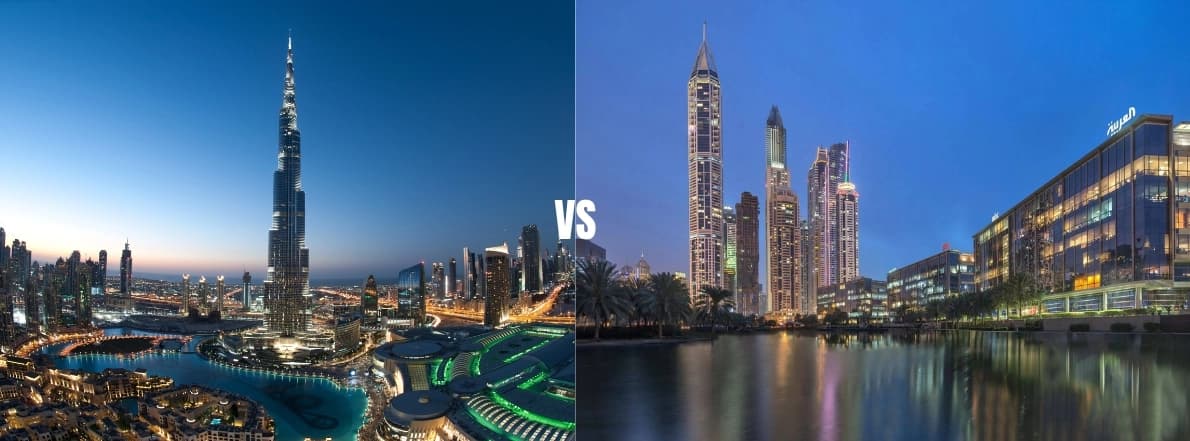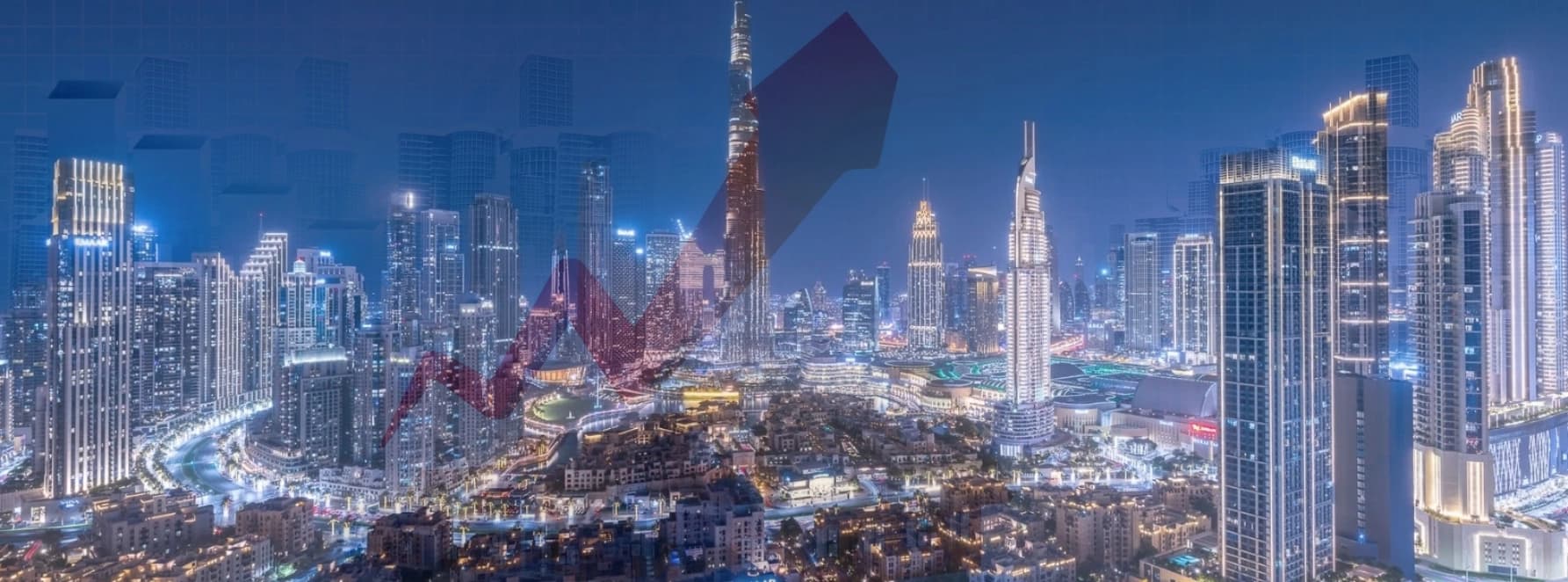
The megacities are known to be the large hubs for global trade and investment. At the same time, the secondary cities share the most rapid growth and development in the lower- and middle-income countries. Both types of cities are experiencing growth in different aspects. You can learn this by understanding that megacities maintain global connections. In contrast, the secondary cities are working and growing, positively affecting the economic growth and development of the country. Also, reduces the pressure on megacities. Find out more about megacities and secondary cities; you will understand their growth impacts.
A megacity is a city that typically has a large population. Some of the megacities in the world include Bengaluru, Bangkok, Beijing, Bogota, New York City, Istanbul, and more. Megacities are experiencing growth, particularly in developing countries. Some factors affect their development, including migration from rural areas and natural population increases. Along with the growth, there are also some challenges related to infrastructure and resources. Go through the information given below to know more about megacities.
Megacities Challenges
There is also another side to Megacities other than the growth and charm. A large part of the population includes various parts, and some challenges occur related to the slums, crime, homelessness, traffic congestion, Urban sprawl, Energy and material resources, air pollution, and more.
A secondary city is also an urban corner filling actual regional and local economic, finance, governance, education, trade, and transport requirements. A secondary city may emerge from a cluster of smaller cities in a metropolitan region, and these cities are the fastest-growing urban areas, experiencing unplanned growth and development.
Features of a secondary city
The secondary cities can be characterised into three categories, as mentioned below. So you can read about these and understand more about the following:
Sub-national functional centers: These are the provincial capital, known for being an industry center, a university hub, and a tourist attraction.
City clusters: These satellite urban areas surround a larger metropolitan region.
Economic trade: These are known economic trade corridors developing along major transportation routes.
Due to their size and influence, secondary cities are often eclipsed by the megacities that dominate urbanization programs. However, secondary cities represent a larger percentage of the population related to urban areas worldwide, and there are also many more secondary cities than megacities. Read the points mentioned below to find more differences between Megacities and Secondary cities:
Conlclusion
Both the Megacities and the Secondary cities have their significance and play a role in the growth of the country. Hope the information mentioned was helpful for you and brought you to the conclusion regarding where there is more growth, at megacities or the secondary cities.









